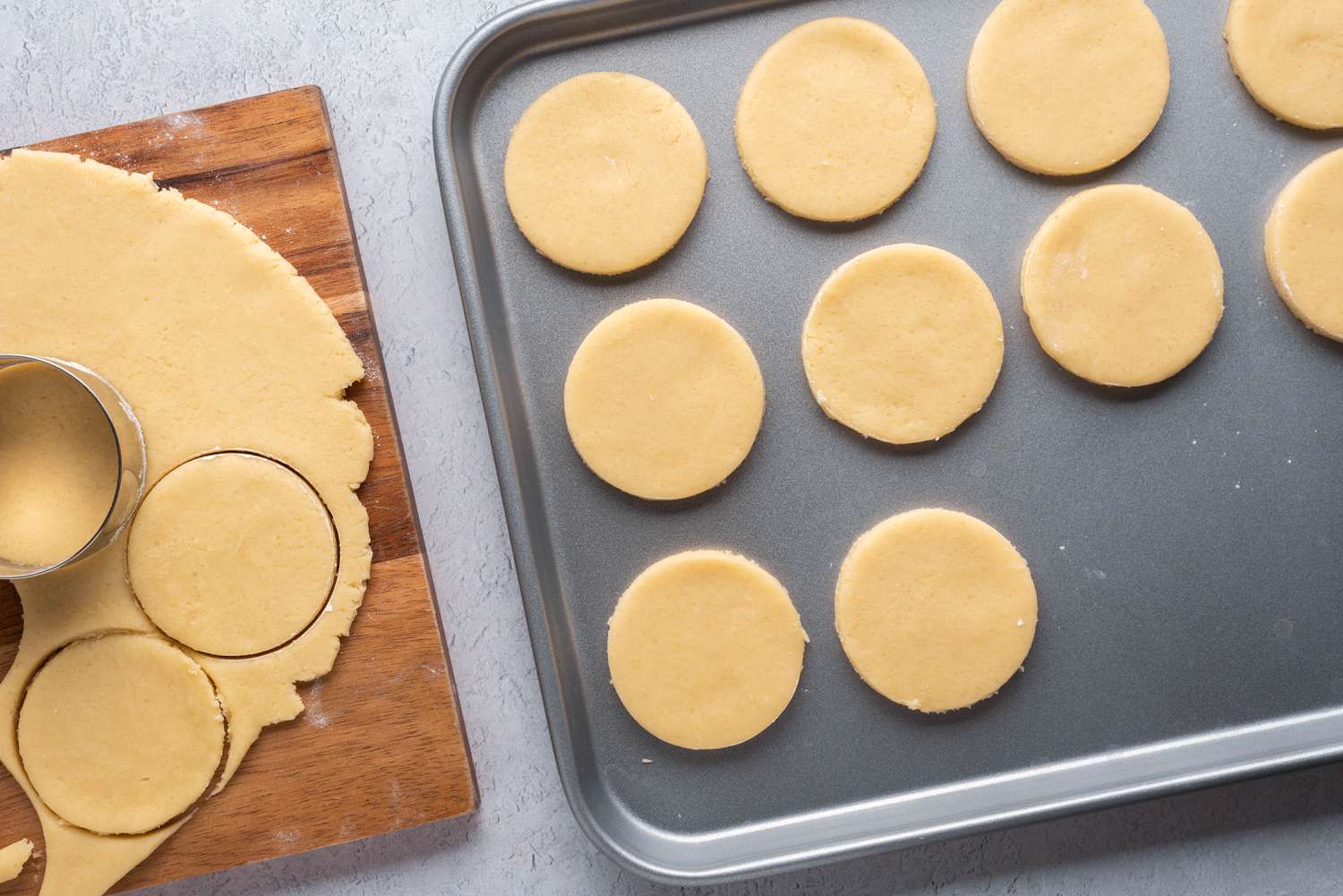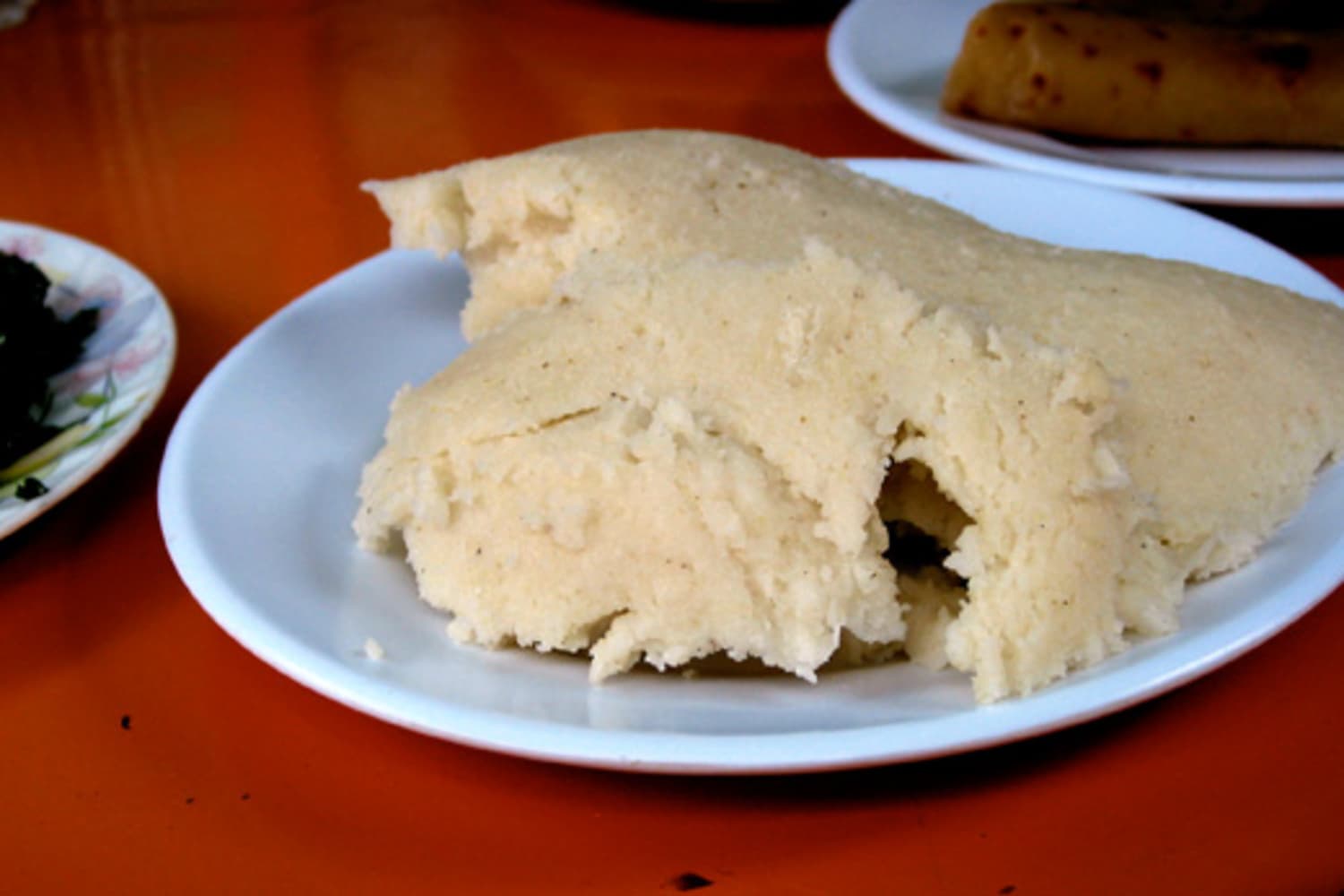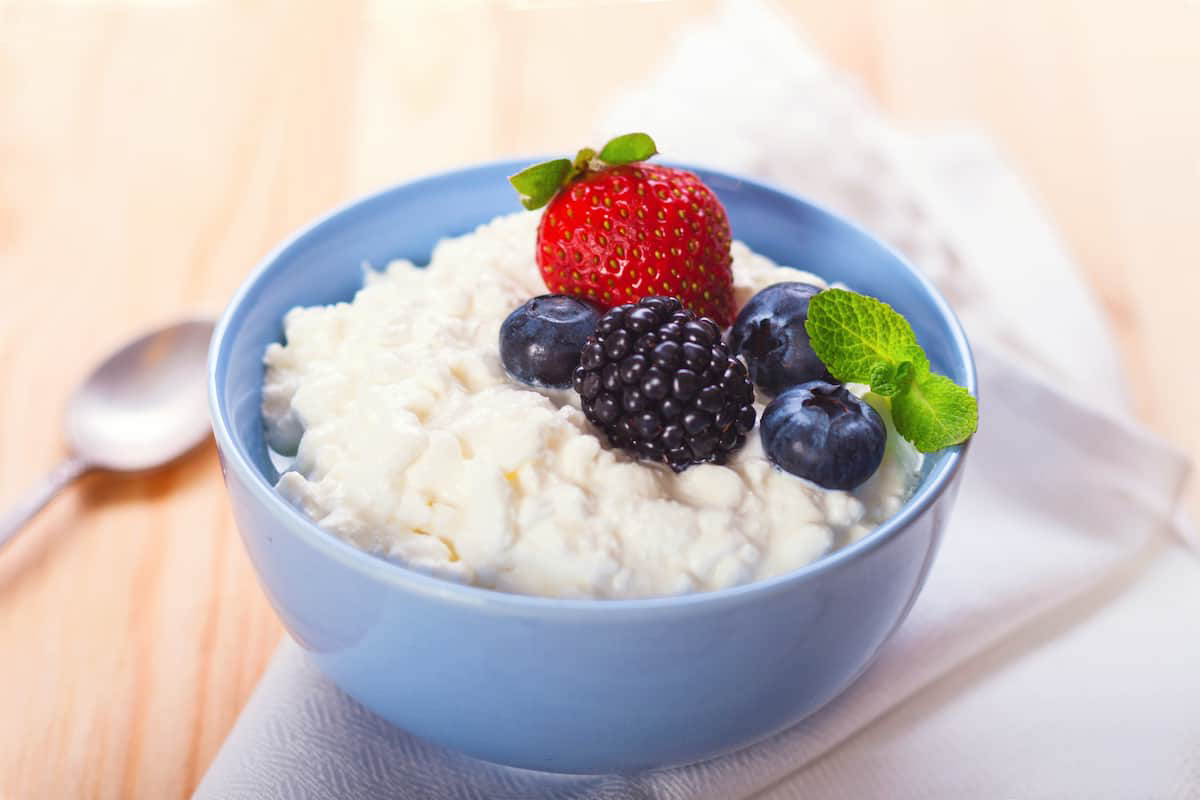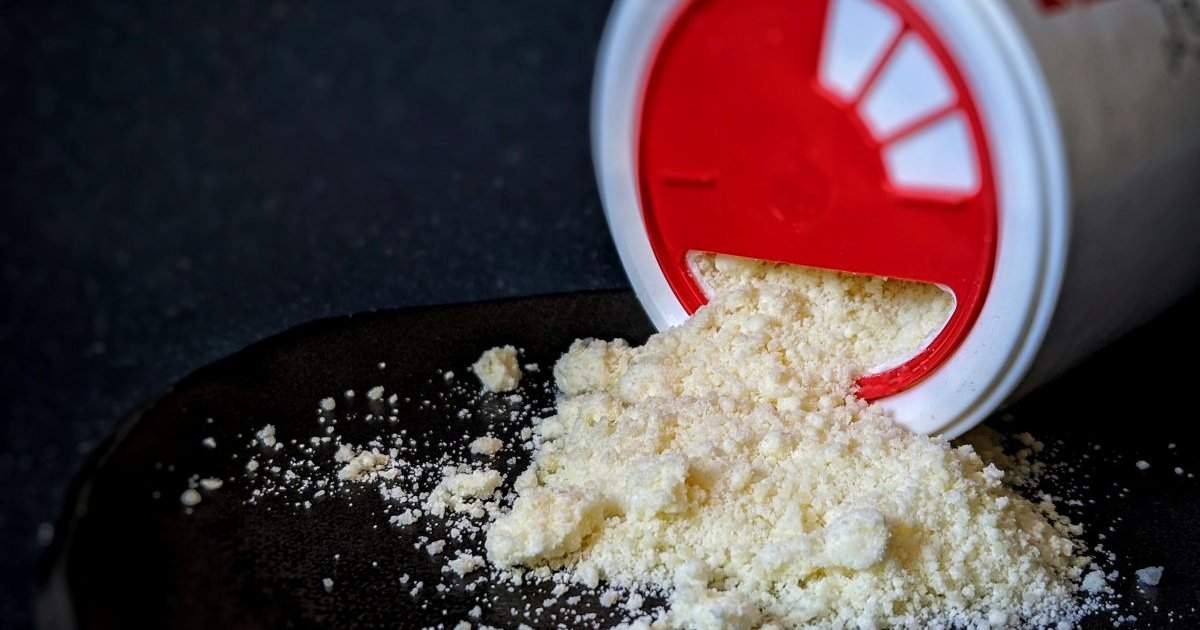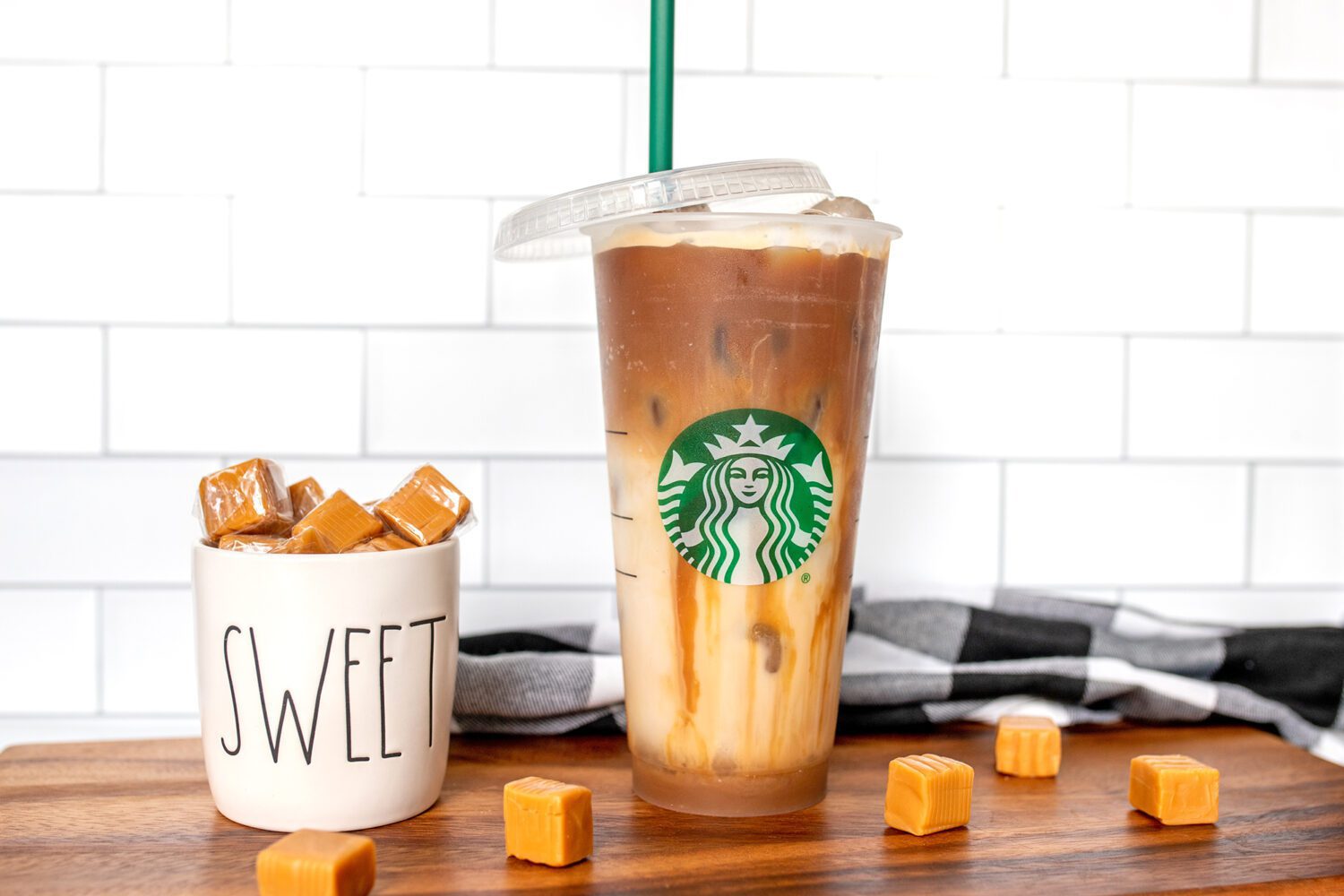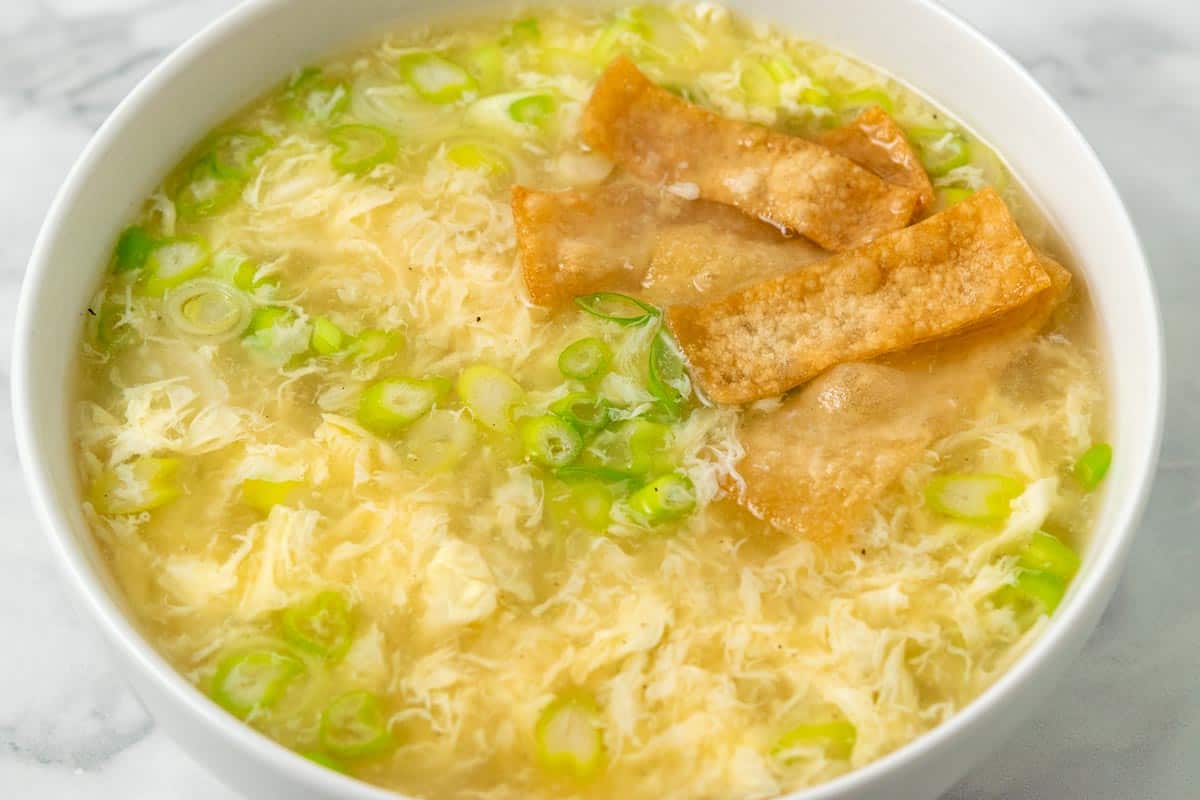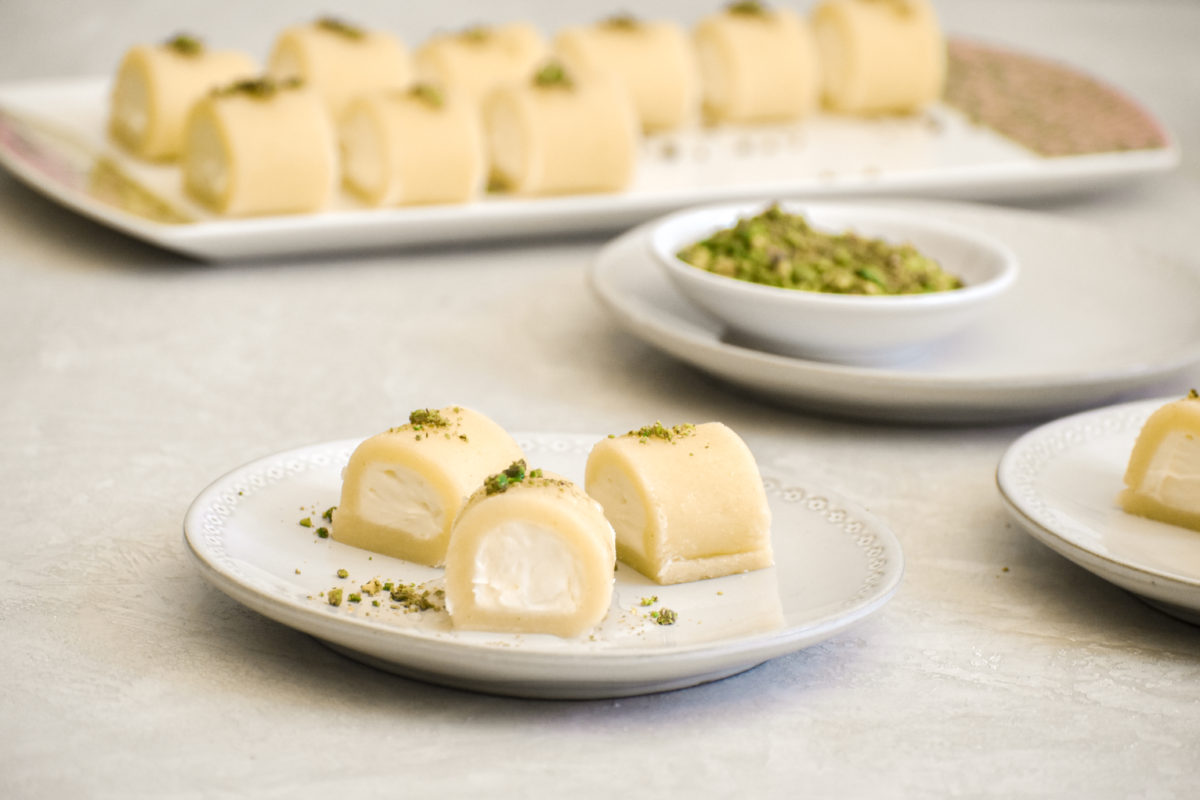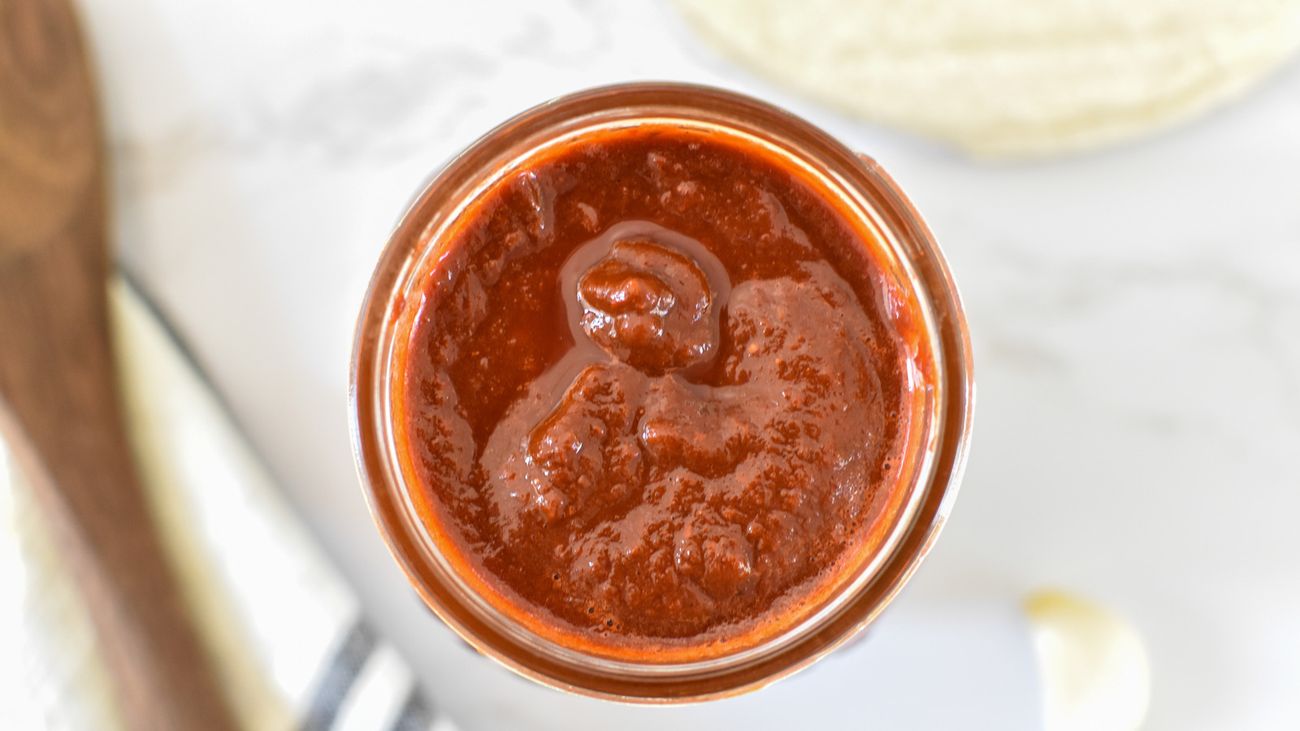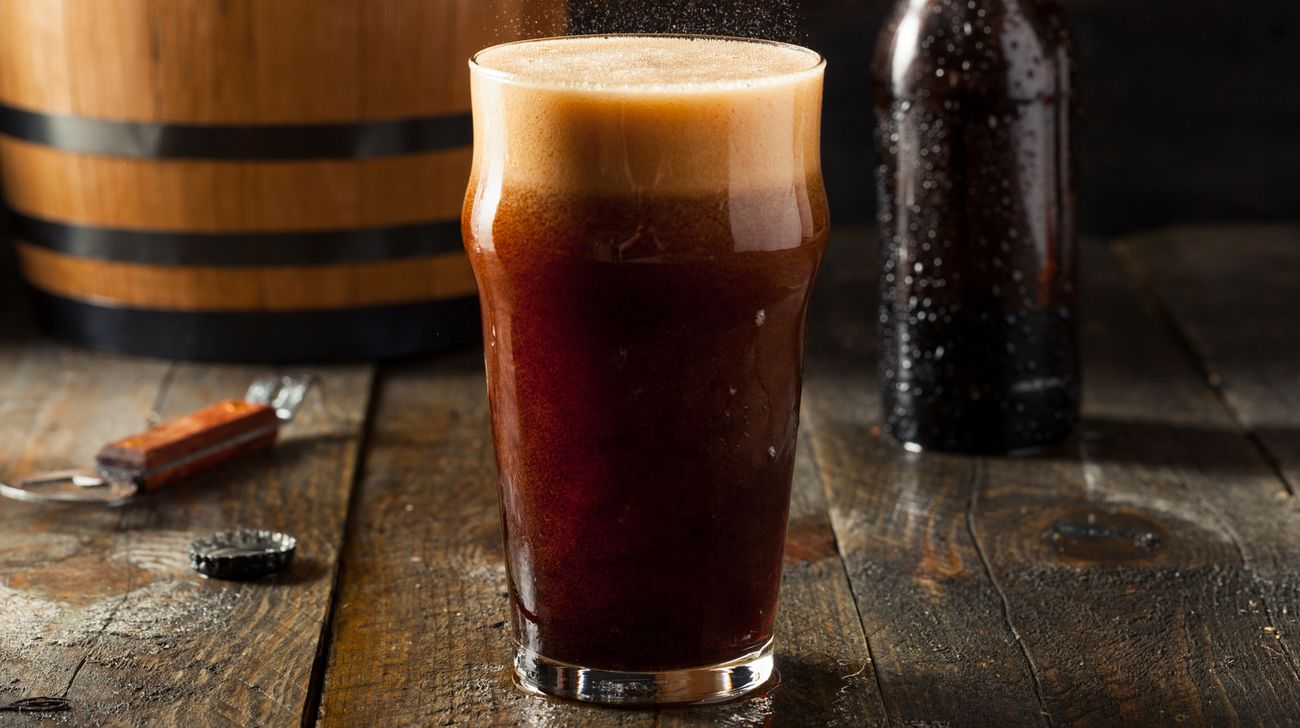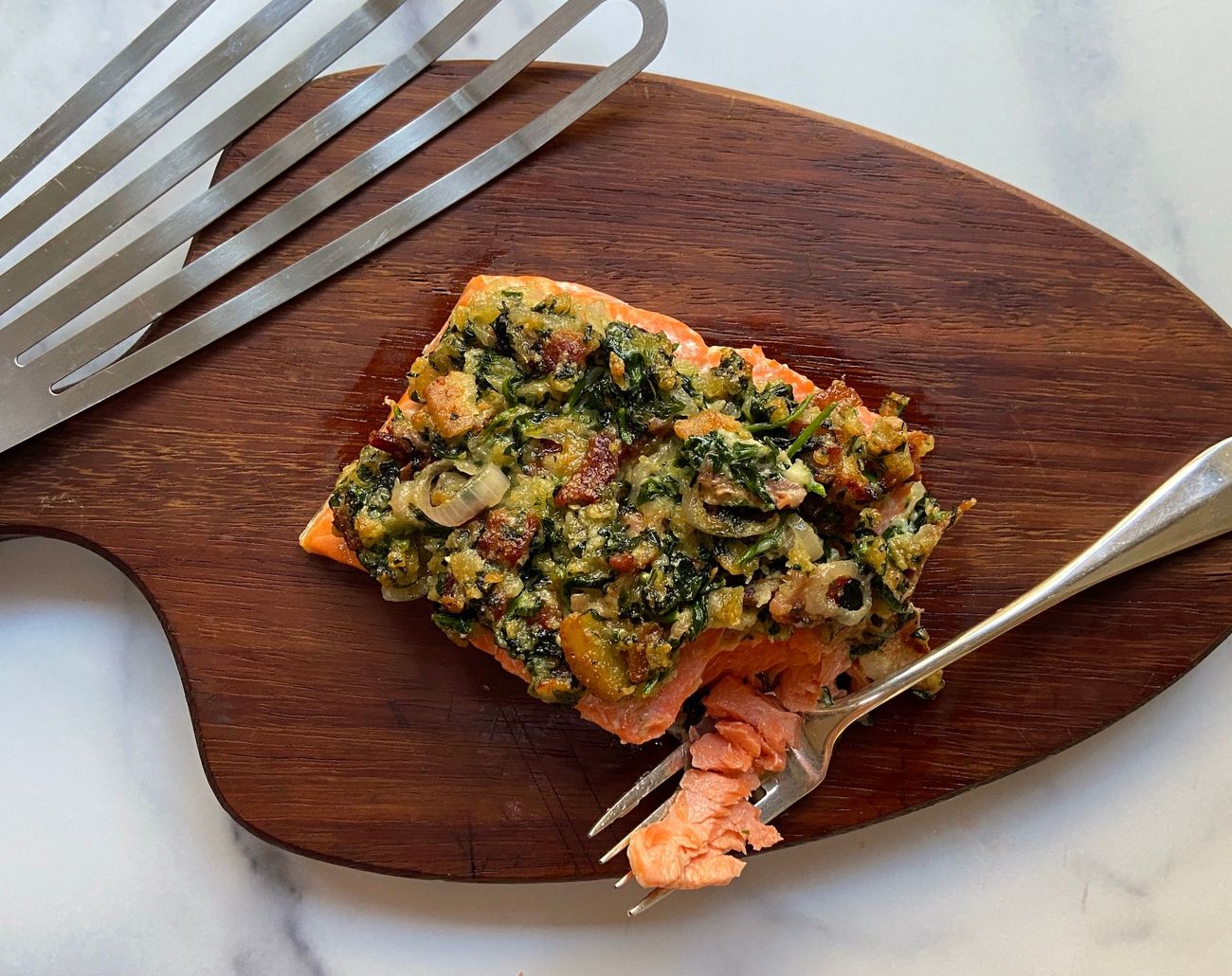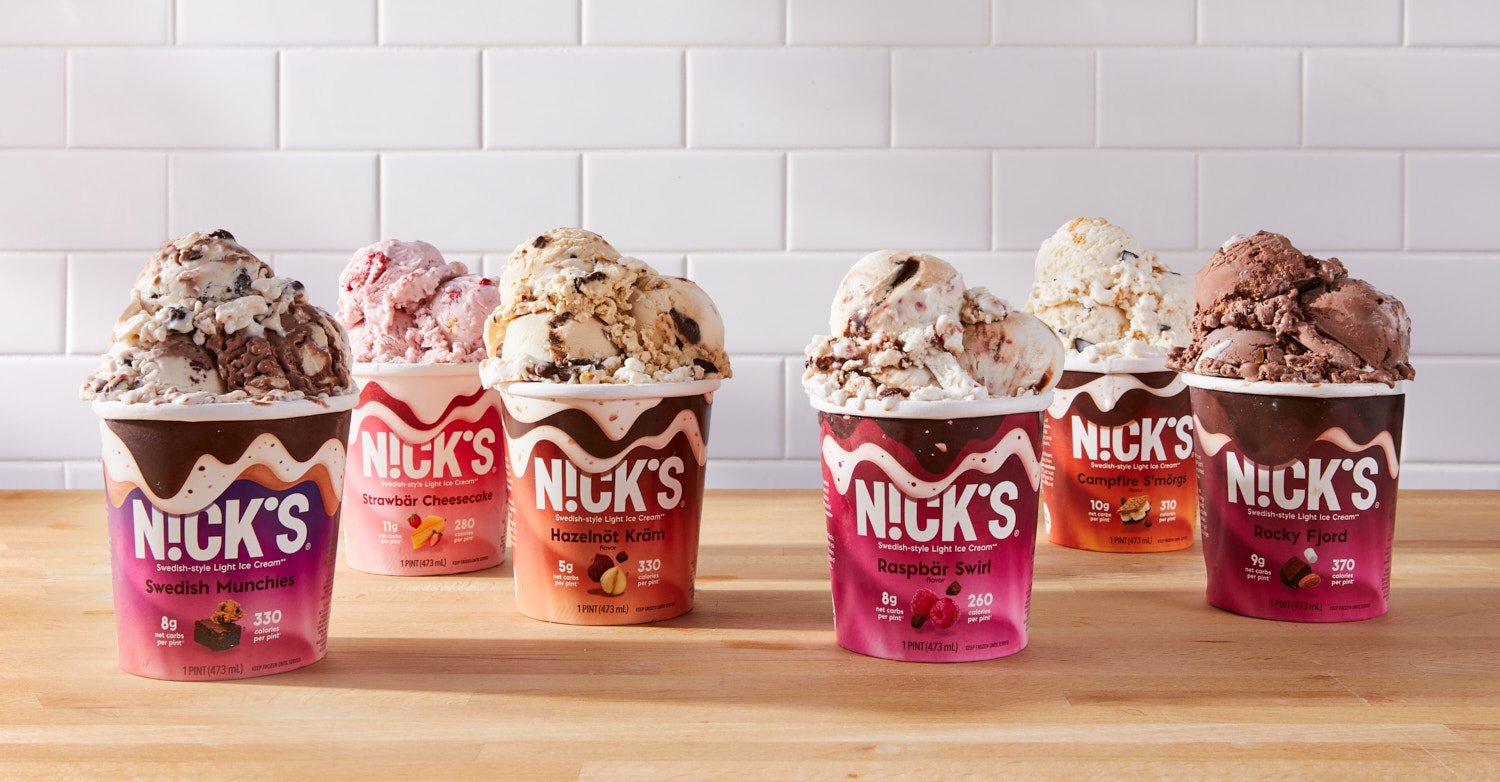When it comes to cooking and baking, there are a wide variety of ingredients that can be used to enhance the flavor and texture of dishes. One such ingredient that is commonly used in many recipes is pouring cream. But what exactly is pouring cream, and how is it different from other types of cream? In this article, we will explore the world of pouring cream and its uses in the kitchen.
What is Pouring Cream?
Pouring cream, also known as pouring or single cream, is a type of cream that contains a lower fat content than heavy cream or double cream. It is a versatile ingredient that can be used in both sweet and savory dishes, adding richness and creaminess without being too heavy. Pouring cream is often used as a topping for desserts, in sauces, or as an addition to soups and stews.
Characteristics of Pouring Cream
- Fat Content: Pouring cream typically contains around 18-20% milk fat, making it lighter than heavy cream which contains around 36% milk fat.
- Texture: It has a smooth and pourable consistency, making it ideal for drizzling over desserts or incorporating into recipes without the need for whipping.
- Versatility: Pouring cream can be used in a wide range of dishes, from creamy pasta sauces to custards and ice creams.
Uses of Pouring Cream
Pouring cream has a multitude of uses in the kitchen, making it a staple ingredient for many cooks and bakers. Some common uses of pouring cream include:
- Dessert Toppings: Pouring cream can be drizzled over fruit, pies, cakes, and puddings to add a creamy and luxurious finish.
- Sauces and Soups: It can be added to savory dishes such as pasta sauces, soups, and stews to create a rich and velvety texture.
- Baking: Pouring cream can be used in baking to add moisture and richness to cakes, scones, and biscuits.
- Whipping: While pouring cream is not suitable for whipping into stiff peaks, it can be lightly whipped to create a softer texture for desserts and fillings.
Substitutes for Pouring Cream
If you find yourself in a situation where pouring cream is not available, there are a few substitutes that can be used in its place:
- Half-and-Half: A mixture of equal parts whole milk and light cream can be used as a substitute for pouring cream in many recipes.
- Milk and Butter: For a lower-fat alternative, combining whole milk with melted butter can mimic the texture and richness of pouring cream.
Conclusion
In conclusion, pouring cream is a versatile and essential ingredient in the kitchen, adding creaminess and richness to a wide range of dishes. Whether used as a topping for desserts or as a key component in savory recipes, pouring cream is a valuable addition to any cook's pantry. Its lower fat content and pourable consistency make it a convenient and easy-to-use ingredient for both amateur and professional chefs alike. So, the next time you come across a recipe that calls for pouring cream, you'll know exactly what it is and how to use it to elevate your culinary creations.
Was this page helpful?
Read Next: What Is Take-Out Food?
